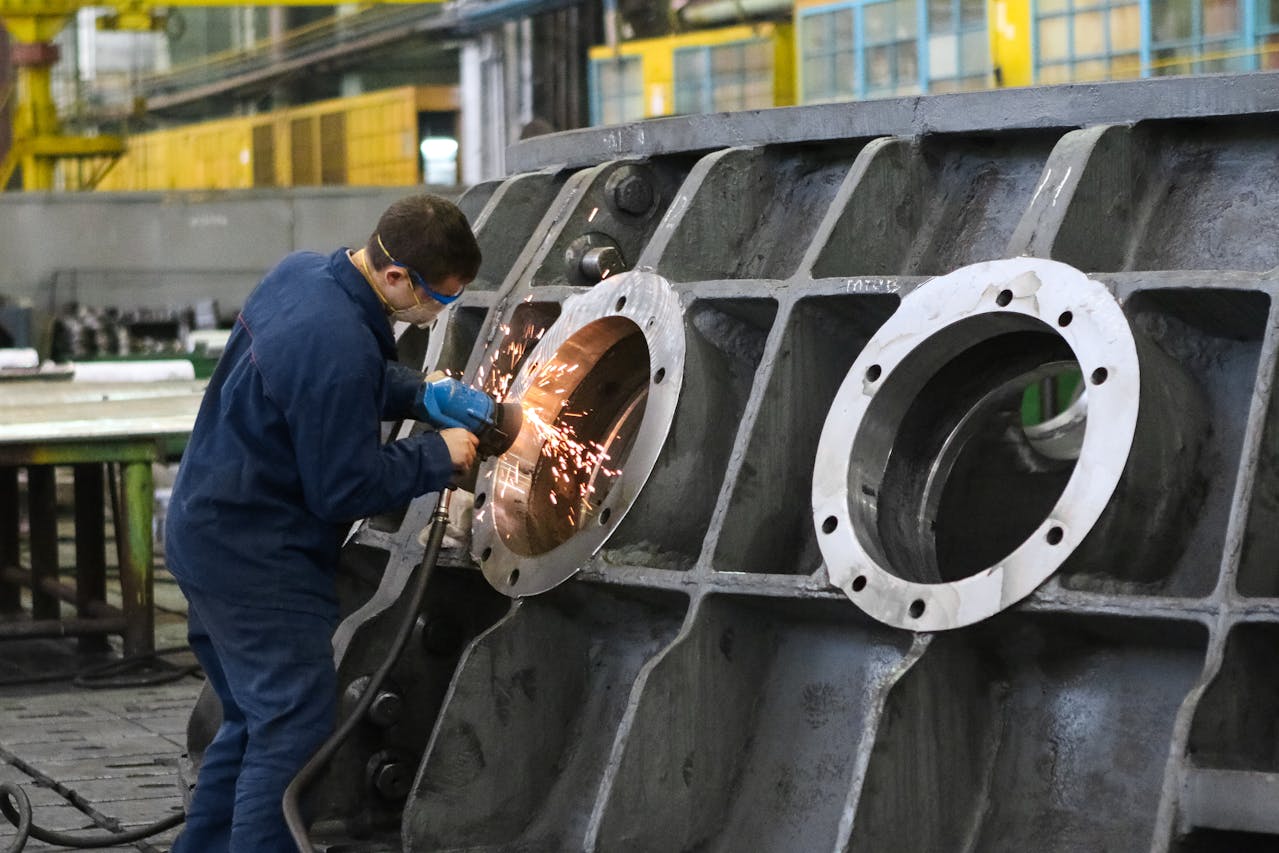How to Improve Efficiency in Manufacturing

In the fast-paced world of manufacturing, efficiency is the linchpin that holds together the gears of productivity, cost-effectiveness, and competitive advantage. As technology and methodologies evolve, manufacturing businesses continuously seek ways to streamline operations and optimize output. One of the most effective strategies to enhance manufacturing efficiency is through the implementation of advanced tools like production scheduling software. In this blog post, we will explore various methods to improve efficiency in your manufacturing processes.
Embrace Lean Manufacturing Principles
Lean manufacturing is a systematic method for waste minimization without sacrificing productivity. It focuses on enhancing product quality, reducing production time, and lowering costs. Techniques such as Kaizen (continuous improvement), 5S (sort, set in order, shine, standardize, sustain), and value stream mapping are pivotal in identifying inefficiencies and eliminating them.
Implement Production Scheduling Software
Production scheduling software is essential for improving manufacturing efficiency. This technology helps plan and manage the production process from start to finish, ensuring optimal allocation of resources and minimizing downtime. By using production scheduling software, manufacturers can anticipate potential delays and adjust operations accordingly, thereby maintaining a steady flow of production activities. This tool provides real-time data, enabling managers to make informed decisions quickly, which is crucial for maintaining a competitive edge in the market.
Optimize Inventory Management
Inventory management is critical in manufacturing, as excess stock or insufficient materials can lead to significant inefficiencies. Implementing just-in-time (JIT) inventory practices can help reduce waste and storage costs by receiving goods only as they are needed in the production process. Advanced inventory management systems can forecast demand more accurately, avoid overproduction, and minimize holding costs.
Invest in Quality Equipment and Regular Maintenance
High-quality equipment is fundamental to manufacturing efficiency. Investing in the latest technology and ensuring machinery is in optimal working condition can drastically improve production rates and product quality. Whether you are looking to implement the use of custom metal fabrication, or if you are looking for bespoke laser cutting machines, you should invest in this new high-quality equipment. By doing so you can work towards faster production times, and this will lead to increased product quality as well as fewer errors in production. However, this is only possible if your business ensures you keep on top of regular maintenance. This can be undertaken with the help of Industrial Electrician Services Beaumont Hills or any other specialised contractors, can reduce the risk of breakdowns and extend the lifespan of machinery, thereby avoiding costly downtime and repairs.
Train and Empower Employees
The role of skilled employees in the efficiency equation cannot be overstated. Regular training programs can enhance their skills, making them more efficient and versatile. Moreover, empowering employees by involving them in decision-making processes and listening to their feedback can lead to innovative ideas for improving efficiency. A motivated workforce is crucial for implementing efficient practices.
Analyze and Improve Workflow
Detailed analysis of your manufacturing processes and workflow can reveal bottlenecks and areas for improvement. Techniques such as Six Sigma can help identify inefficiencies and variability in production processes. Streamlining workflow by rearranging physical plant layouts or adjusting work procedures can significantly enhance operational efficiency. It may also be beneficial to look into the best ways for measuring sheet resistance during specific manufacturing processes, e.g. semiconductor manufacturing, as it helps with quality control, ensuring that the work output is high.
Utilize Automation and Robotics
Automation and robotics have transformed the manufacturing landscape. These technologies improve precision and speed up production processes while reducing human error and labor costs. Automated systems can operate around the clock, significantly increasing production capacity and efficiency.
Sustainability and Efficiency
Incorporating sustainability into manufacturing processes is no longer just an ethical choice; it’s also a strategy for improving efficiency and profitability. Sustainable practices often lead to reductions in energy use and waste, which can significantly decrease operating costs. Techniques such as recovering heat waste, using renewable energy sources, and implementing more efficient water usage systems not only contribute to a smaller environmental footprint but also enhance operational efficiency.
Conclusion
Improving efficiency in manufacturing is multifaceted, involving strategic planning, investment in technology, and continuous improvement of practices. By implementing production scheduling software, embracing lean manufacturing principles, and investing in employee training, businesses can achieve significant gains in productivity and efficiency. Moreover, staying updated with new technologies and innovations will ensure that manufacturing processes remain competitive and future-proof. Whether you’re looking to cut costs, improve product quality, or increase production speed, enhancing efficiency is the key to thriving in today’s industrial environment.






